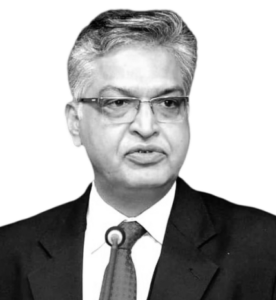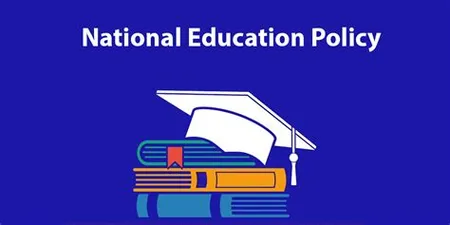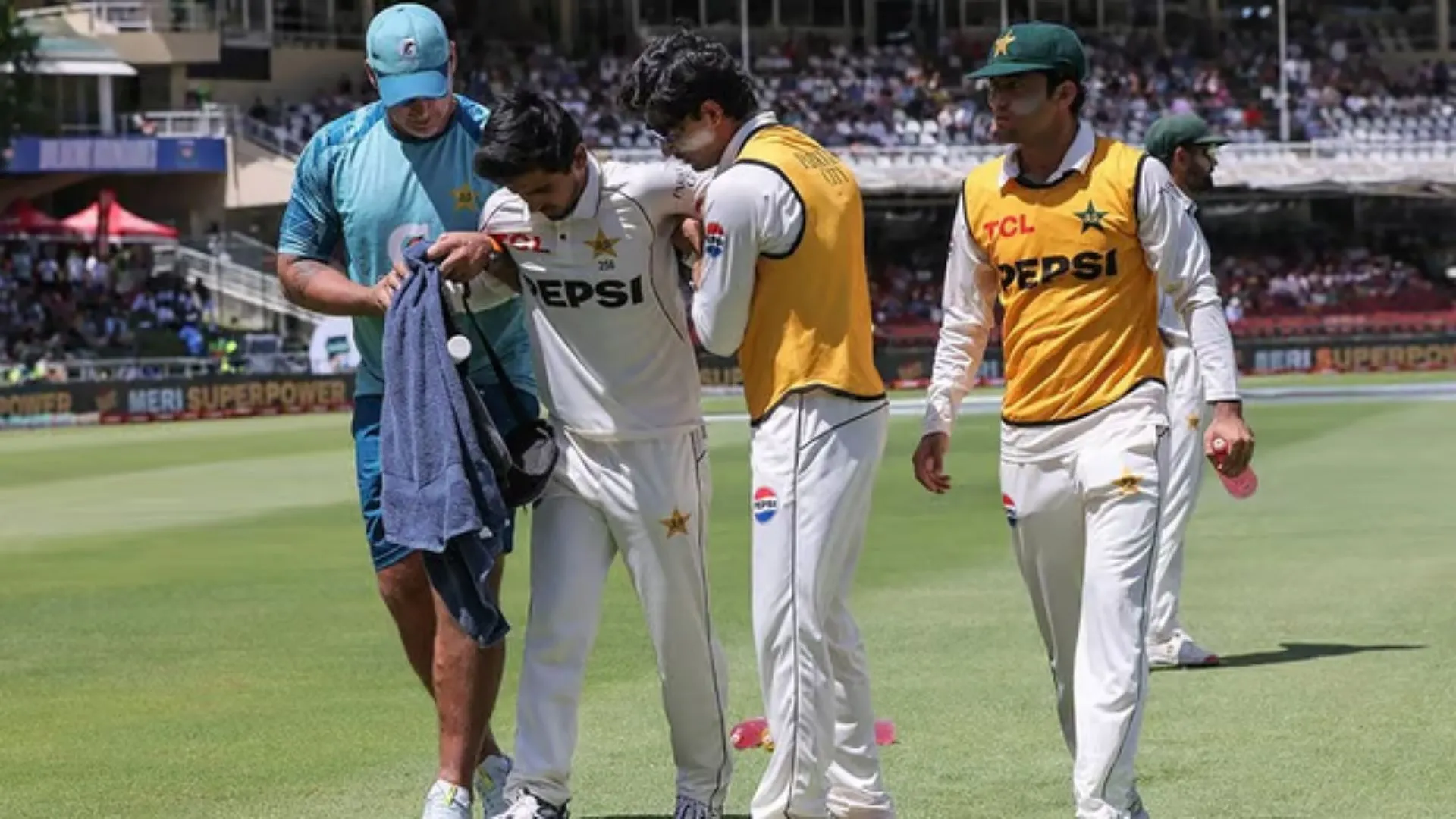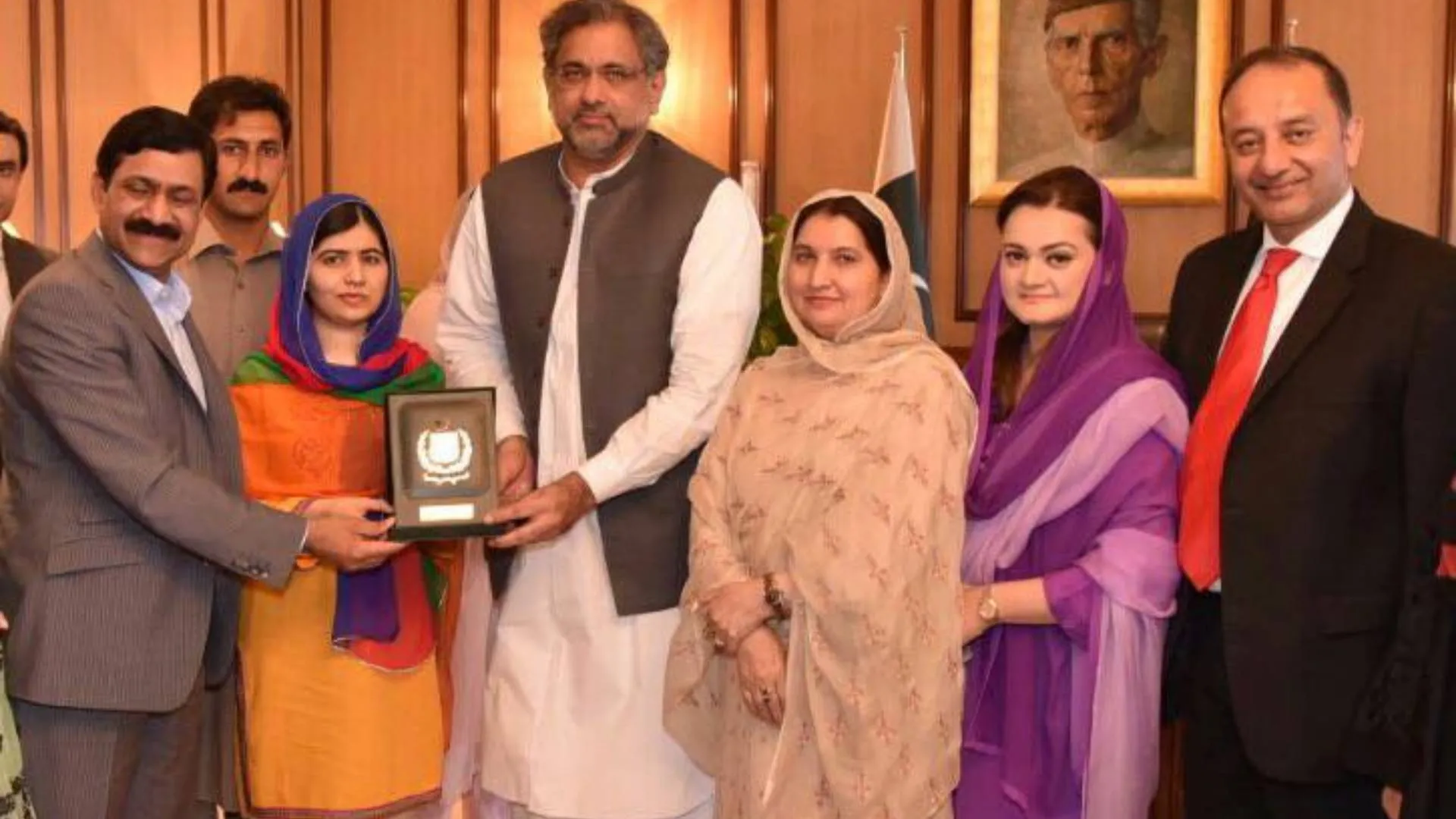One of the major emphases of the National Education Policy (NEP 2020) has been on reforming the regulatory framework for higher education in India. Two years have elapsed since the policy was approved and announced. A number of initiatives, some stated and some unstated, have been announced and launched during the past two anniversary festivities.
What is surprising is that the anniversary festivities have been taciturn about the progress of implementation of the regulatory reforms in higher education, which was argued vociferously by the new education policy.
Even a cursory reading of the NEP 2020 document convinces the reader that successful implementation of the policy prescriptions rests on revamping and restructuring the regulation and governance of education at all levels and across all sectors.
The new education policy delineates an elaborate regulatory framework for schools, higher education, Open Distance Learning (ODL), and teacher education and also in the context of enabling foreign universities to set up campuses in India.
With regard to teacher education, the policy bemoans that the ‘regulatory framework has neither been able to curb malpractices nor enforce basic standards for quality and has, in fact, negatively affected excellence and innovation.’
No wonder, it strongly argued for the revitalisation of the regulatory system to be able to raise standards and restore integrity, credibility, efficacy and high quality.
The innovative articulation of a ‘light but tight’ regulatory framework has been presented as the most fundamental principle guiding the policy to ‘ensure integrity, transparency and efficiency of the educational system’. The new education policy, thus, urges immediate changes in governance and regulation.
Speaking specifically of higher education, the new education policy bewails that the ineffective regulatory system has been a major problem of the higher education system in India.
It laments in the harshest possible words that the ‘regulation of higher education has been too heavy-handed…with too little effect.’ The policy has reached the conclusion that the existing regulatory framework has been disempowering in nature leading to the concentration of power in a few hands and that too without any accountability.
The NEP 2020 seems fully convinced without an iota of doubt that the regulatory system ‘is in need of a complete overhaul in order to re-energise the higher education sector and enable it to thrive.’
It is clear that the multiplicity of regulatory and professional bodies with overlapping functions and mandates has been a bane of the higher education system for a long time.
In this regard, the new education policy found itself largely aligned with the earlier ideas advanced over the past two decades or so. Reforming the regulatory framework for higher education has been a dominant theme for many commissions and committees over the past two decades.
The National Knowledge Commission (NKC) argued in 2007 that higher education was over-regulated and under-governed and that is why, it pitched for setting up an Independent Regulatory Authority (IRAHE).
The Administrative Reforms Commission (ARC) too had expressed concerns about the multiplicity of regulatory bodies in higher education and had strongly urged for a single overarching body to regulate higher education.
Yashpal Committee on the Revival and Rejuvenation of Higher Education too recommended setting up a National Commission of Higher Education and Research (NCHER).
At one point in time, the idea of a single regulatory body replacing all others was promoted as the Higher Education and Empowerment Authority (HEERA).
With the advantage of benefitting from these arguments, rationale and justifications, the new education policy pitches for establishing a new Higher Education Commission of India (HECI) with four verticals comprising the National Higher Education Council (NHERC), National Accreditation Council (NAC), Higher Education Grants Council (HEGC), and General Education Council (GEC).
NHERC has been conceptualised as a single common regulator for all kinds and types of higher education, except medical and legal education, whereas NAC is expected to serve as a meta-accrediting body to recognize accrediting agencies. HEGC is supposed to disburse scholarships and development grants and to finance higher education with transparency.
Most critically, the GEC is conceived to frame academic standards by specifying learning outcomes, graduate attributes, higher education qualification framework, and norms and procedures for credit transfer and student mobility. The existing professional councils are to become professional standards-setting bodies and are to be members of the GEC.
The new education policy knew that such a structural change in the regulatory architecture for higher education would entail a relook and repeal of existing Acts and restructuring of various existing regulatory bodies. Still, it vehemently argued that these reforms were necessary for the health of higher education.
Realising the importance, the recommendation was taken seriously and two consecutive budget speeches promised to establish the proposed single regulatory body in higher education. It is, however, astonishing that this critical reform has been taking such a long time to fructify.
Has the idea been given a goodbye? Or is it that the proposed architecture is so monolithic that it is now seen as infeasible or impractical? Or is it that changing the regulatory framework for higher education is proving more challenging than imagined by the new policy?
Higher education has been in transition for the past two decades. Many decisions have been in limbo and hanging fire waiting for the regulatory reforms. This uncertainty must end sooner than later to save the system from further damage.
While the new regulatory architecture is yet to take shape, critical decisions are being taken by agencies and institutions which have no mandate over them under the new education policy. Nor can they be held accountable for taking those decisions.
Selective implementation of a part of the provisions and recommendations of the policy has been the biggest bane of the higher education system in the country. That has happened before but not without regrets. It is commonplace to hear that the policy was excellent but had implementation issues.
We could save the situation at least this time. The policy document presents a package of provisions which are tightly interwoven into a whole. The policy has been approved as a package and must be implemented as such for the expected outcome.

Furqan Qamar, former Adviser for Education in the Planning Commission, is a Professor of Management at Jamia Millia Islamia, New Delhi.























